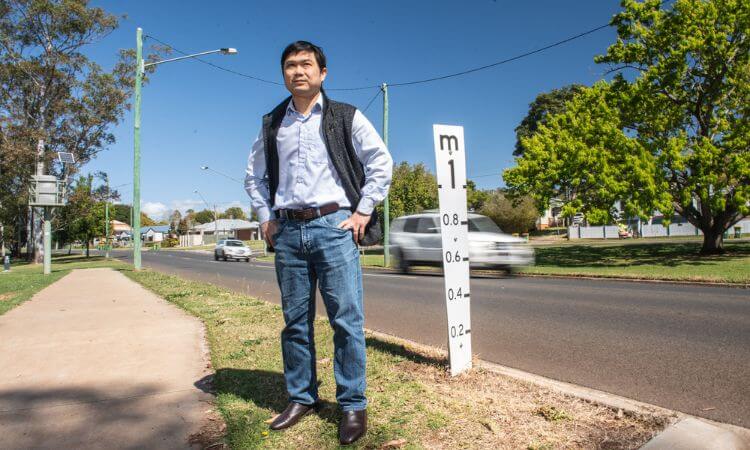Single devastating weather events can cause catastrophic economic impacts that go beyond political and physical borders.
But often, flood risk reduction planning does not take into account the transnational effects of many climate disasters.
University of Southern Queensland researchers will tackle this issue in a new project to develop an integrated approach to flood mitigation planning in the Lower Mekong River Basin.
The project was awarded almost $140,000 in funding through the Asia-Pacific Network for Global Change Research under its Collaborative Regional Research Programme.
It will model present and future potential flood damages for four different countries where the basin is located, including integrating the effects of economic development and climate change.
University of Southern Queensland research fellow Dr Thong Nguyen-Huy leads the project.
“The Mekong River is the longest river in Southeast Asia,” he said.
“Our project will focus on the Lower Mekong River Basin, which covers Thailand, Cambodia, Vietnam and Laos.
“Recent major flood disasters have demonstrated that a single extreme event can affect multiple countries at the same time.
“Socioeconomic development also exacerbates the impacts of these large-scale floods, making understanding systemic flood risk increasingly important.”
Dr Nguyen-Huy said little information currently recognised flood hazard interdependencies across regions at the country-to-river-basin, even in highly developed regions such as the European Union.
“Developing a new solution that combines a physical, statistical and financial approach will improve systemic risk management in extreme events like a transnational flood,” he said.
“It is considered to be an important pillar of climate adaptation.”



